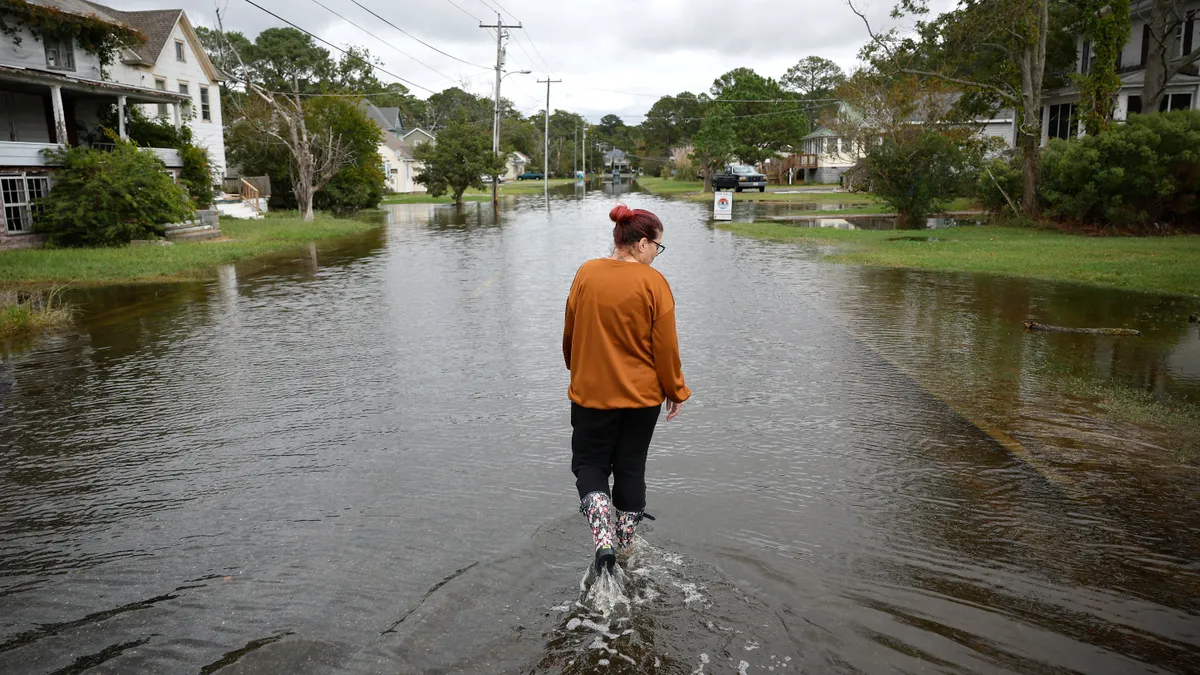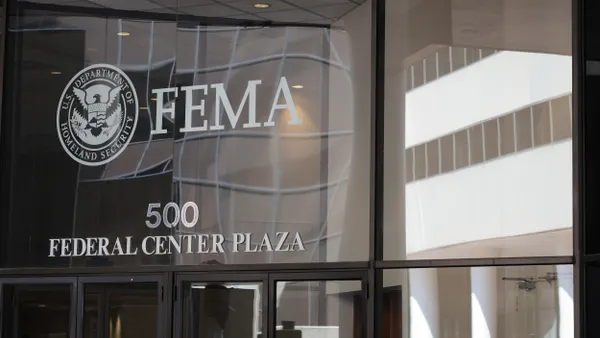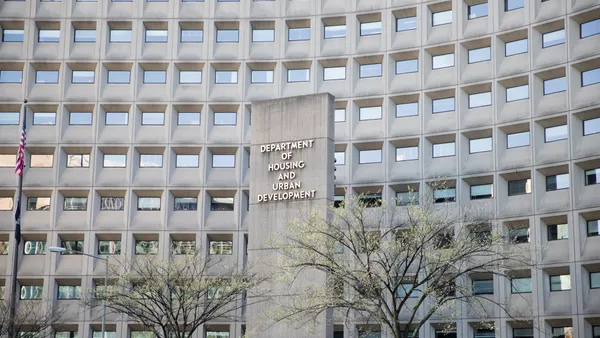Dive Brief:
- To make it easier for communities to access federal disaster resilience funds, the Federal Emergency Management Agency has changed how it calculates the benefits and costs of projects that protect against future disasters, according to a May 8 news release.
- The agency is giving more value to the future impacts of such projects by lowering the discount rate used in its calculations from 7% to 3.1%. The new figure is already built into FEMA’s Benefit Cost Analysis Toolkit.
- “This addresses long-standing barriers certain communities—particularly those that are underserved—have had accessing mitigation grants” through the Hazard Mitigation Assistance grant programs and Public Assistance mitigation funding, FEMA’s news release says.
Dive Insight:
A benefit-cost analysis is a quantitative assessment that compares the disaster impacts avoided by the project to the project’s cost. The discount rate is a figure used in economic and regulatory analyses to compare costs and benefits experienced at different points in time. The lower the discount rate used in an analysis, the more the analysis values future impacts of the project or policy being analyzed. Using an inappropriately high discount rate undervalues the impacts of a project or policy on communities decades from now, according to a February brief from the White House’s Council of Economic Advisers.
Federal agencies have for many years used discount rates that are high compared with recent economic data, according to the brief. “Consequently, many investments and regulations with long-term benefits related to climate, transportation, health, and other areas have been undervalued,” it says. President Joe Biden directed the Office of Management and Budget to address this discrepancy on his first day in office.
This isn’t the first change FEMA has made in an attempt to increase local access to its resilience grant programs. The agency has faced criticism that its grants are unevenly distributed, with coastal local governments with more resources tending to win more funding. In October, the agency made key changes to two of its most significant climate resilience grant programs, offering to take on up to 90% of project costs in disadvantaged communities and allowing less-than-$1 million projects to skip a full benefit-cost analysis. Those projects can now instead submit a narrative illustrating cost-effectiveness.
By making it easier to show that hazard mitigation projects are cost-effective, communities can “more effectively implement and fund resiliency initiatives that will save lives and protect infrastructure and property,” FEMA said in its news release last week.












